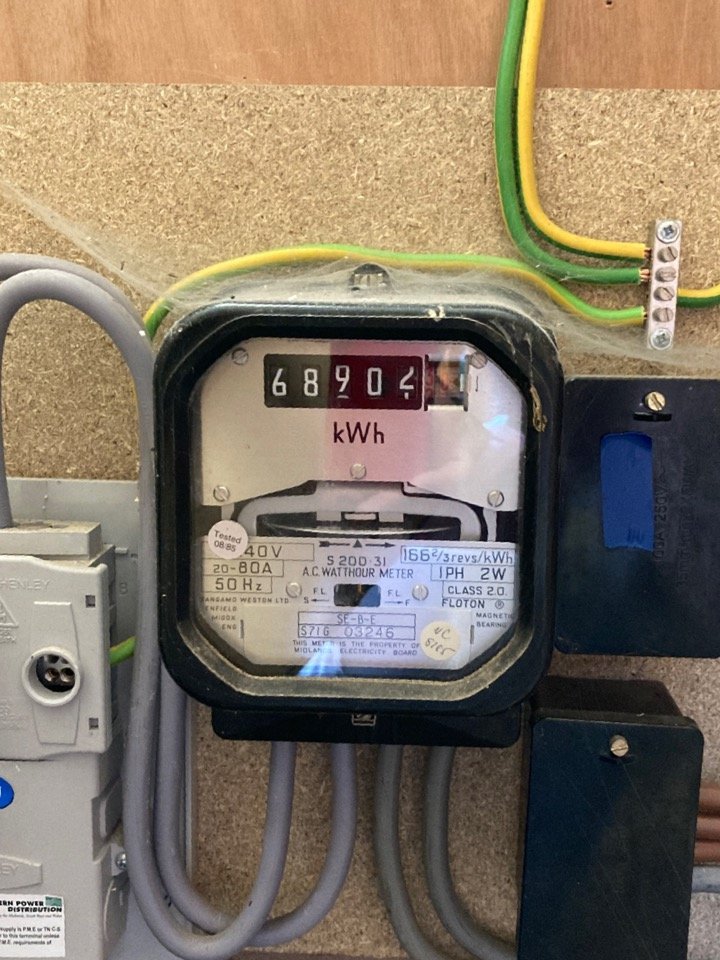Living in a Passive House: Constant Comfort
Our Passivhaus has a comfortable temperature all year round and always feels fresh. Come in on a cold winter’s day and there’s a subtle warmth that seems to come from everywhere. Get up in the middle of the night and the bathroom floor tiles feel as warm and soothing as the bedroom’s wooden floor. No more sleepless summer nights when it’s hot and humid outside: the ventilation system, windows and Passivhaus air-tightness are like having a window open in every room but with no draughts, no cold spots; there’s thermal comfort everywhere inside all of the time. And the house is light and airy; it has a peacefulness that is wonderfully relaxing.
Indoor and outdoor temperatures between 10 September 2020 and 9 September 2021
The diagram above shows the indoor (red) and outdoor (blue) temperatures we experienced over one year. It’s slightly cooler in the colder months requiring additional clothing like a lightweight cardigan. What is striking is the relative constancy of the house’s indoor temperature whatever is going on outside. We’ve got rid of our electric blanket, use the same lightweight duvet all year, and only need thick jumpers for outdoor journeys and visiting other people’s homes.
We have a underfloor heating in just the three en-suite bathrooms, the hall and the boot room - about 25% of the total floor area - and the heating only comes on for 1-3 hours on the coldest of days: that’s all that’s needed!
Passive House Warmth
Another warm feeling we get from living in a passive house is the energy bill. In our last house our total annual energy cost was about £3,400 at 2014 prices. This covered electricity for lighting and storage heaters, oil for an Aga that we used for cooking and hot water, and logs for a wood burning stove. According to Comparethemarket.com, domestic energy bills increased by about 40% between 2014 and 2019. If we ignore the big increase in energy prices in 2021, we’d thus probably be paying some £4,760 per year if we were still living in our smaller former house.
We now use electricity for everything: lighting, cooking, our heat pump for domestic hot water and space heating, and power for appliances. Before the 2021 energy price increases, we were paying about £1,766 each year for this; the major difference being our reduced space heating costs and the use of a ground source heat pump for domestic hot water and space heating (the latter costing in the order of £75 per year: there’s more detail about this in our passive house living post.
It’s also noteworthy that our Passivhaus mechanical ventilation heat recovery unit, which provides a constant supply of 100% fresh, filtered air, also recovers at least 90% of the heat from the outgoing air in the colder months and transfers it to the incoming air. The unit has a maximum rating of 180 watts. If it were running flat out all of the time (which it isn’t) then this would cost us about £250 each year in electricity costs (at pre-October 2021 price-hike rates). This is a small price to pay for constant fresh air. Achieving this in a non-passive house would need windows open all the time, putting up with the consequential draughts and having to replace the heat that would inevitably be lost at a considerably greater cost.
For much more information, see our main post on passive house living.


